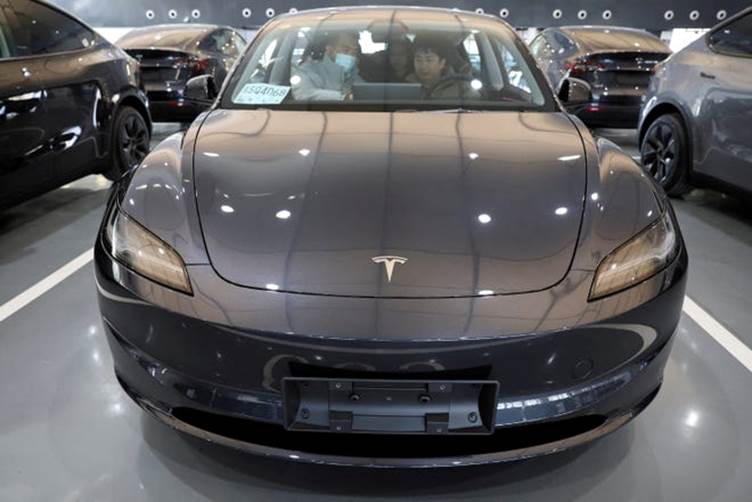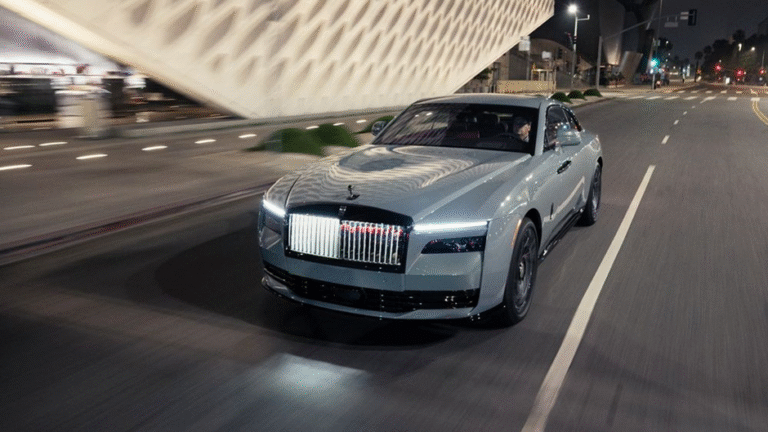President Donald Trump’s ambitious “Big, Beautiful Bill” stretches over 1,100 pages, containing provisions that could drastically impact clean energy initiatives. Notably, the bill targets electric vehicle (EV) tax credits, a crucial incentive that has made green vehicles more accessible to the average American driver. This move could profoundly reshape the future of the EV market and its affordability for consumers.
The EV Tax Credit in Trump’s Crosshairs

Under the Obama administration, the federal government introduced the electric vehicle tax credit, offering up to $7,500 to help reduce the cost of electric cars. This initiative was part of a broader effort to tackle carbon emissions from traditional gasoline-powered vehicles and make EVs a more viable option for everyday Americans. The credit has been a game-changer for the industry, particularly for drivers who might not otherwise afford an electric car.
However, President Trump’s “Big, Beautiful Bill” aims to phase out this tax credit by 2025. Section 112002 of the bill, titled “Termination of Clean Vehicle Credit,” proposes an accelerated expiration of the tax incentive from its original 2032 deadline to December 31, 2025. This means that by 2026, American consumers would no longer be able to claim the credit. This proposed change could significantly dampen the enthusiasm for electric vehicles, especially among first-time buyers who rely on the incentive to make EVs financially feasible.
An Additional Hit for EV Owners
On top of eliminating the tax credit, the bill also includes a proposal from the House Transportation and Infrastructure Committee to impose annual fees on EV and hybrid vehicle owners. According to MarketWatch, the bill proposes a $250 annual fee for electric vehicle owners and $100 for hybrid vehicle owners. This move seems to be an additional effort to make electric vehicles less appealing, particularly for those who already face higher upfront costs compared to traditional vehicles.
Trump’s Ongoing Opposition to Electric Vehicles
President Trump has made no secret of his aversion to electric vehicles, frequently criticizing the Biden administration’s push to increase EV adoption. Trump has expressed concerns that Biden’s mandate for automakers to electrify a substantial portion of their fleets by 2030 would lead to widespread job losses in the U.S. auto industry. However, FactCheck.org found no supporting evidence for these claims, casting doubt on the president’s assertions. Despite his ties to Tesla CEO Elon Musk, Trump’s stance on electric vehicles has remained clear: he is far more aligned with the oil and gas industry, advocating for energy independence through traditional means such as drilling.
The Consequences of Eliminating the EV Tax Credit
If Trump’s “Big, Beautiful Bill” passes as written, the elimination of the EV tax credit could be a severe blow to the EV market. This tax incentive has played a pivotal role in making popular electric vehicles like the Tesla Model Y and Chevrolet Equinox EV affordable to a broader segment of the American public. Without this financial cushion, the cost of electric vehicles could skyrocket, potentially sidelining many would-be buyers.
For instance, the Chevrolet Equinox EV, which starts at $26,100 with the tax incentive, would jump to $33,600 without it—a price increase of over $7,000. The Ford F-150 Lightning electric pickup, a popular model for those looking to transition to electric while still enjoying the power and utility of a truck, would see its base price increase from $55,495 to $62,995. These price hikes could drive potential customers away, as the price gap between EVs and traditional vehicles would become much wider.
The reality of significantly higher costs could force many American consumers to reconsider purchasing electric vehicles, especially those who are already on the fence about making the switch. If the tax credit is removed, what was once a major selling point for many EVs may turn into a deal-breaker for others.
What This Means for Car Buyers
The removal of the electric vehicle tax credit would essentially make EVs far less accessible, hurting their adoption rate at a time when environmental concerns and sustainability are becoming ever more pressing. Consumers who once looked to the credit as a way to afford these cutting-edge, environmentally friendly vehicles could find themselves priced out of the market.
While Trump’s proposal undoubtedly represents a significant shift in federal policy, it raises questions about the future of clean energy initiatives in the U.S. Will consumers be willing to pay the higher costs for EVs without the support of the tax credit? The answer to that question could shape the future of the American automotive market and the country’s commitment to reducing carbon emissions.
In conclusion, Trump’s “Big, Beautiful Bill” could unintentionally backfire, making electric vehicles less attractive to a growing market of environmentally conscious buyers. With the bill’s passage, the cost of EVs could increase sharply, making them less accessible for many consumers and potentially stalling the momentum that has driven the electric vehicle revolution in recent years. If this bill passes, it may represent a pivotal moment in the future of clean energy in America.



